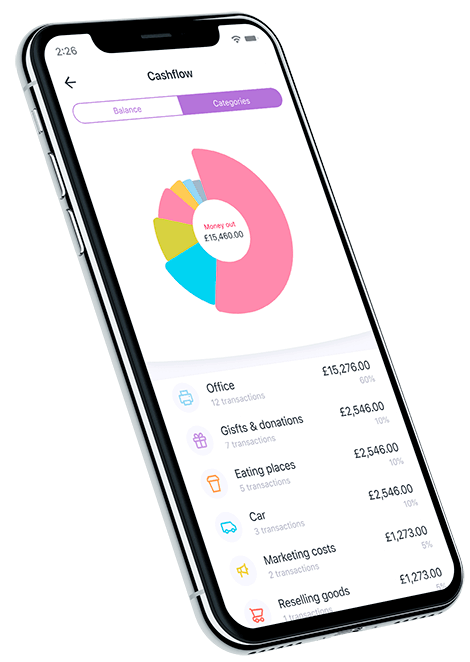The Most Important Marketing Metrics to Track

Metrics, Metrics, Metrics. We all know how important it is to measure and assess marketing performance, but where do you start?
The world of marketing metrics is a rich and extensive one. Metrics work on multiple levels and in multiple ways, whether they are tracking efficiency, performance, progress or quality. If you are dreaming of a perfect metric matrix that allows you to seamlessly measure and assess countless facets of your marketing activity, where do you start?
We understand how overwhelming it can be when you start to track metrics, especially if you’re completely new to the marketing and advertising game. Metrics are amazing tools that will increase sales and help you to maximize your advertising budget if used correctly. We’ve put together this short guide to help you navigate the sea of acronyms and statistics around them. These are some of the key marketing metrics you should be paying attention to, broken down by category.
Social media metrics
Social media is a great way to market your business. You should be tracking:
Engagement
Measuring engagement isn’t just limited to how many likes your post receives, although that is still an important metric. You should also pay close attention to the number of comments your content generates, especially if you have posts that specifically ask for feedback. A high number of comments suggest that people took the time to read your post in its entirety - and that’s the kind of quality engagement you’re after.
Cost metrics
Cost metrics play an important role in understanding your overall marketing budget. Depending on your industry and business function, different cost metrics will apply. For example, an ecommerce site should pay attention to Cost Per Order (CPO) whereas a small shop owner with a physical store who wants to increase web traffic is more interested in Cost Per Click (CPC).
CPC
This metric is relevant to both pay-per-click ads and social media ads that allow you to click-to-site. It simply measures the cost of one click. When looking at your marketing budget, you want to make sure that your cost per click is as low as reasonably possible because it will allow you to stretch your budget further.
- Cost Per Action (CPA)
This helps you determine the cost of a targeted action on your website. If your aim is to have someone sign up to your email newsletter this metric will calculate the cost of one person signing up. - CPO
If you run an ecommerce site, this metric is used to calculate the cost of getting someone to complete an order on the site. - Customer Acquisition Cost (CAC)
CAC is arguably the most critical metric as it calculates the cost of acquiring one new customer. It comes into play in other calculations that help determine the effectiveness of your marketing campaign.
Campaign metrics
- Qualified Leads
Marketing campaigns often target lead generation. But you shouldn’t just track the number of leads you acquire, but how many of them are qualified. In other words, how many of these leads can you follow up on and convert to customers. Your ratio of leads to qualified leads should be quite low. - Conversion Rate
Yes, after lead rate comes conversion rate. You have your leads, now you need to know how many of those leads will convert. You want this rate to be relatively high - your effort in capturing leads is being wasted if they are not converting.
General metrics
- Customer Lifetime Value (CLV)
Customer Lifetime Value is one of the most important marketing metrics as it measures the total worth of a customer over the duration of the relationship and not at just one moment. Remember that it costs less to retain customers than to acquire new ones. This is especially true if you are a subscription-based service or you offer a product that requires frequent purchasing - for instance skin care. - CLV/CAC
Remember how important Customer Acquisition Cost is? Here’s where it comes into play! This metric becomes significant when it helps you calculate your business’ long-term sustainability and how much you should be budgeting to acquire new customers. This ratio measures the relationship between the lifetime value of a customer and the cost of acquiring them. You generally want your CLV to be high and your CAC to be low. The rule of thumb is no lower than 3:1. But you should also beware of a higher ratio - that could suggest you need to spend more on marketing. - Return On Investment (ROI) - per campaign and in general
This is one of the biggest and most imperative metrics because it determines the overall success of your investments. Your return on investment is the ratio of your return and your investment. The higher the ratio, the better your ROI. This metric is crucial to understanding the effectiveness of a campaign and your overall marketing efforts.
This isn’t an exhaustive list by any means, but these metrics are a good place to start. Each business has metrics that best suit its model and are particularly relevant to its goals, but there are some that every company should keep an eye on. We hope this guide helps ease you into the world of marketing metrics and how they can maximize your campaigns. Dip your toes and you’ll be swimming the marketing metric sea like a pro in no time.

Download now!
And you can open a business account with all the support you need in minutes.




